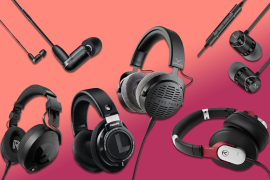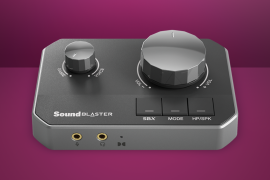Best camera phones in 2025 for photographers and creators
Check out the best camera phones for pro-level smartphone photography
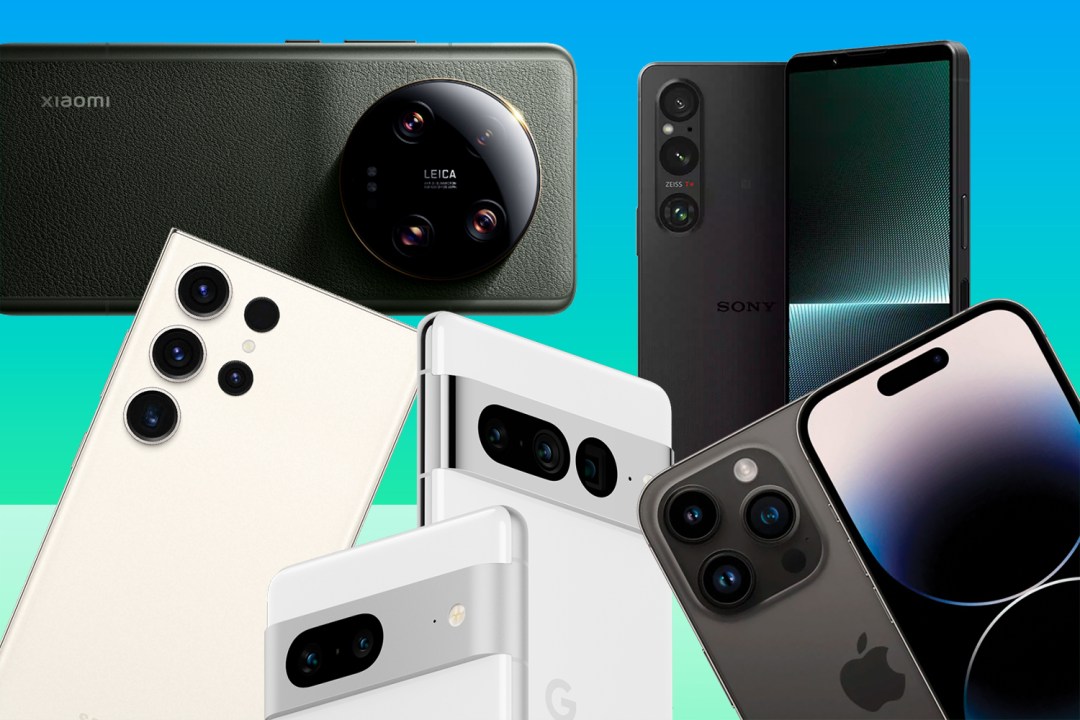
Snapping up one of the best phones for photography is something more of us are doing, now that cameras have become the biggest differentiators between handsets. New hardware and software improvements are also coming thick and fast with each new launch. But which is the best?
The reality, of course, is that not all smartphones are made equal, especially when it comes to camera performance. We’ve rounded up some of the best top-tier smartphone cameras for photography currently available, based on years of expertise. If you’re after the best cameraphone, look no further than this lot:
Why you can trust Stuff: Our team of experts rigorously test each product and provide honest, unbiased reviews to help you make informed decisions. For more details, read how we test and rate products.
Quick list: what are the best camera phones?
While each individual camera on the Samsung Galaxy S25 Ultra (buy now) might not necessarily be the absolute best in class, they’re still superb and up there with the very best. What makes it shine overall though, is its consistency. With the S25 Ultra in your pocket, you’ll be ready for practically any photography scenario you can think of, from big zoom to close-up macro.
The Google Pixel 9 Pro (buy now) may not have all the bells and whistles of the S24 Ultra, but what it lacks in lenses and zoom, it makes for in rock-solid picture-taking skills. It’s easy to get a good image with the Pixel 9 – point, shoot, and let Google’s image processing do the rest.
The Apple iPhone 16 Pro Max (buy now) and smaller 16 Pro represent the pinnacle of iPhone camera tech, with a 48MP main sensor and 5x periscope telephoto lens stealing the spotlight. With crisp, detailed results, and the best night photography ever seen on an iPhone, Apple remains one of the best smartphone camera ports of call for most people. Unless, of course, you’re strictly an Android user.
The Google Pixel 8a (buy now) may only have a dual-camera setup, but its results are superb, thanks to a combination of hardware, bolstered by Google’s top-notch AI-powered algorithms which squeeze brilliant results out with each press of the shutter button. With great shots in bright and dim conditions, the Pixel 8a represents the best bang-for-buck smartphone camera currently available.
The Xiaomi 14 Ultra (buy now) has camera hardware that sets a new bar for phone photography, and it’s a stunner in virtually every other aspect too. It features a 1in sensor and an optional camera grip, adding a physical shutter button, zoom lever and exposure controls as well as a handy portable power bank.
The Sony Xperia 1 VI (buy now) is a fantastic flagship that majors on battery life and entertainment. You’ll get the very best out of its cameras when using the Pro mode, tweaking settings until you reach some seriously impressive results.
The best camera phones you can buy today:
Best overall camera phone
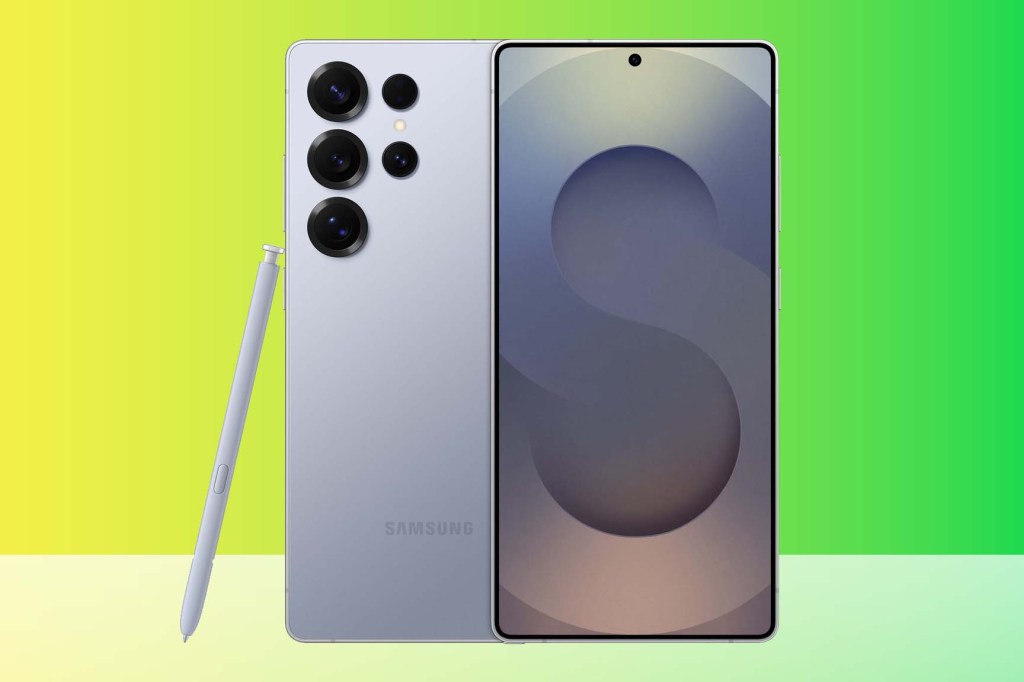
1. Samsung Galaxy S25 Ultra
Stuff Verdict
Not a thrilling year-on-year update, and now bested on zoom by rivals, but the Galaxy S25 Ultra is an undeniably consistent camera phone. Top image processing and AI editin make it a great all-rounder
Pros
- Titanium frame and Gorilla Armor 2 glass set new toughness standards
- Unrivalled performance from Snapdragon 8 Elite For Galaxy
- On-device AI is more cohesive this year
- Ultrawide camera sees welcome improvements
Cons
- Zoom lenses aren’t class leaders
- No battery gains from last year, and still no Qi 2
- As expensive as non-folding flagships get
| Samsung Galaxy S25 Ultra specs | |
|---|---|
| Screen | 6.9in, 3200×1440 AMOLED w/ 1-120Hz LTPO adaptive refresh, 2600 nits |
| CPU | Qualcomm Snapdragon 8 Elite For Galaxy |
| Memory | 12GB RAM |
| Cameras | 200MP, f/1.7 main w/ Quad pixel AF, OIS + 50MP, f/3.4 periscope zoom w/ dual pixel AF, OIS, 5x optical zoom + 10MP, f/2.4 zoom w/ dual pixel AF, OIS, 3x optical zoom + 50MP, f/2.2 ultrawide rear 12MP, f/2.2 front w. dual pixel AF |
| Storage | 256GB/512GB/1TB on-board |
| Operating system | Android 15 w/ OneUI 7 |
| Battery | 5000mAh w/ 45W wired, 15W wireless charging |
| Dimensions | 163x78x8.2 mm, 218g |
In some respects, the Galaxy S25 Ultra doesn’t move the game on much from last year. Its 200MP main snapper and two telephoto lenses (one 50MP, 5x zoom and one 10MP, 3x zoom) are unchanged from the S24 Ultra, but the ultrawide has been boosted to 50MP – and given some autofocus abilities for macro photography.
That means it falls behind some rivals on zoom snaps, but otherwise buts in a strong showing across the board. Importantly Samsung’s image processing is consistent across each lens, and generally delivers very pleasing pics. It’s almost a given that shots in both bright and dark conditions are excellent, with the combination of Samsung’s software and hardware managing to turn day into night with apparent ease.
Elsewhere it’s the only phone with Corning Gorilla Armor 2 glass, performance is superb thanks to a Snapdragon 8 Elite for Galaxy chipset, and the mild design refresh keeps it looking current. It’s a shame battery life hasn’t seen the sorts of improvement rivals with silicon-carbon tech are producing, and that the S Pen has lost a few functions compared to last year. Still, the is the best Samsung smartphone camera experience to date, and among the best smartphones for photography in any situation.
- Read more: Samsung Galaxy S25 Ultra review
Best point-and-shoot camera phone
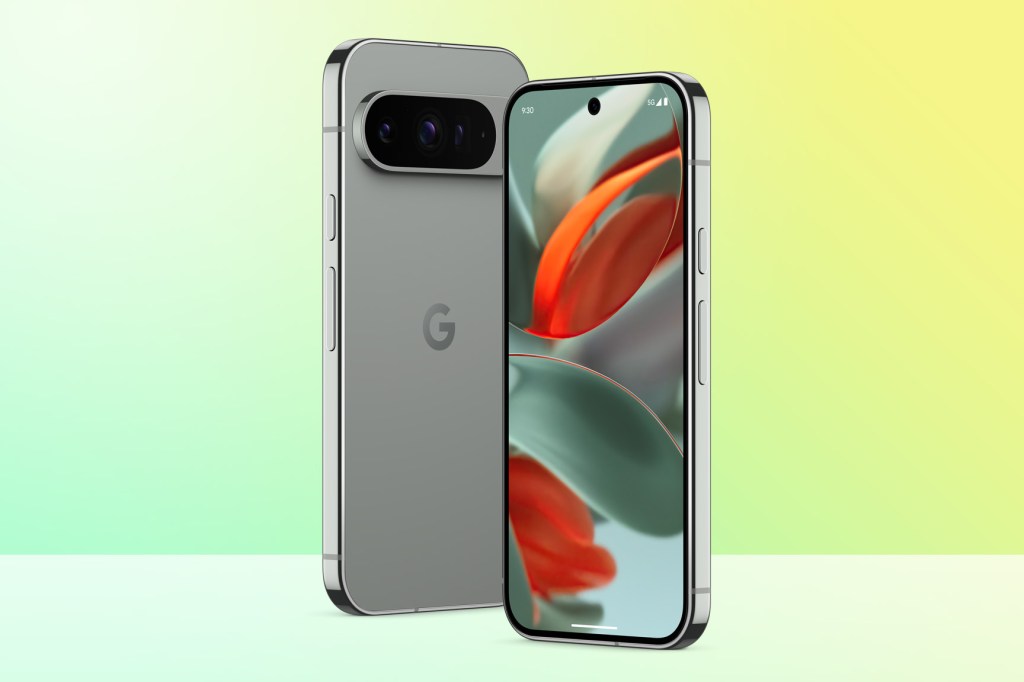
2. Google Pixel 9 Pro
Stuff Verdict
With the Pixel 9 Pro you can finally get the best camera and display tech in a compact 6.3in size. It blends top-tier AI features with a stunning design and exceptional battery life.
Pros
- Premium design and features in a smaller form
- Outstanding camera system with AI editing
- Bright, vibrant display
Cons
- Charging speeds still lag behind competitors
- Expensive compared to previous Pixel models
| Google Pixel 9 Pro specs | |
|---|---|
| Screen | 6.3in, 1280×2856, 1-120Hz AMOLED |
| CPU | Tensor G4 |
| Memory | 16GB RAM |
| Cameras | 50MP, f/1.7 w/ dual pixel PDAF, OIS, laser AF + 48MP, f/2.8 periscope telephoto w/ 5x zoom, OIS, dual pixel PDAF + 48MP, f/1.7 ultrawide w/ dual pixel PDAF rear 42MP, f/2.2 w/ PDAF front |
| Storage | 128/256/512GB/1TB |
| Operating system | Android 14 |
| Battery | 4700mAh w/ 27W wired, 21W wireless charging |
| Dimensions | 152.8x72x8.5mm, 199g |
The Google Pixel 9 Pro truly shines with its exceptional camera capabilities, making it a standout in the smartphone market. This latest model continues Google’s tradition of outstanding mobile photography, and in our experience, it takes this to new heights with a series of impressive upgrades.
The Pixel 9 Pro’s camera system includes a 50MP main sensor that captures sharp, detailed images, but the real highlights are the 48MP ultrawide and periscope telephoto lenses. The ultrawide lens offers an expansive field of view, perfect for landscape and group shots, while maintaining excellent colour consistency and minimal distortion. The 48MP telephoto lens, with its 5x optical zoom, is a major upgrade, providing clear, sharp images even at higher magnifications.
Google’s computational photography remains a key strength. The Pixel 9 Pro features advanced AI tools like Magic Editor and Best Take, which simplify photo editing and enhance image quality. The Magic Editor allows for automatic reframing and cropping suggestions, and the ‘Add Me’ feature helps you seamlessly insert yourself into group photos. These tools make photo adjustments effortless, although the results can vary in precision.
For selfies, the 48MP front camera delivers crisp, vibrant shots with accurate skin tones, even in low light. Video recording is equally impressive, supporting 8K at 30fps and 4K at 60fps, ensuring versatile options for both casual and more serious videographers.
Overall, the Pixel 9 Pro’s camera capabilities are exceptional, reinforcing Google’s reputation for leading-edge mobile photography. Whether you’re capturing everyday moments or pushing the limits with advanced features, the Pixel 9 Pro offers a top-tier camera experience.
- Read more: Google Pixel 9 Pro review
Best Apple camera phone
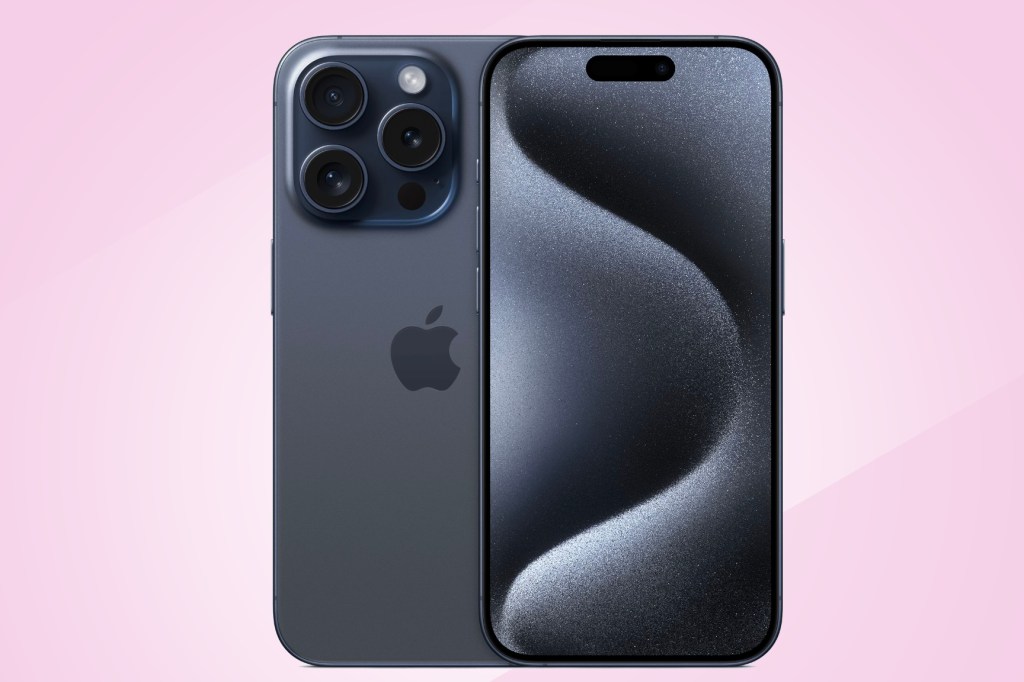
3. Apple iPhone 16 Pro Max
Stuff Verdict
Not an update that makes you want to throw a party, but the iPhone 16 Pro Max’s power, camera and battery life are so good it’s hard to imagine anyone not being quietly impressed.
Pros
- Ludicrously powerful
- Impressive new camera smarts
- Outstanding battery life
Cons
- Unfinished software at launch
- Now even bigger and bulkier
- Boring colours
| Apple iPhone 16 Pro Max specs | |
|---|---|
| Colours | Natural Titanium/Desert Titanium/White Titanium/Black Titanium |
| Display | 6.9in 2868×1320 OLED HDR at 460ppi |
| Processor | A18 Pro |
| RAM | 8GB |
| Storage | 256GB/512GB/1TB |
| OS | iOS 18 |
| Cameras | 48MP ƒ/1.78 main, 48MP ƒ/2.2 ultra wide, 12MP ƒ/2.8 telephoto (5× optical zoom in) rear; 12MP ƒ/1.9 front |
| Battery | 4685mAh |
| Dimensions | 163x78x8.3mm (6.42×3.06×0.33in) |
| Weight | 227g (8.01oz) |
| Connectivity | USB-C (supports charging, DisplayPort, and USB 3) |
Apple’s iPhone cameras have been top-notch for years, and the iPhone 16 Pro Max is no exception, bringing with it a couple of key improvements that make it one of the best smartphone cameras in the world right now. Its triple-camera affair increases the ultrawide pixel count to 48MP, resulting in clearer images and eye-pleasing close ups. Colours are still as accurate as ever, in just about all lighting conditions.
The new Camera Control button adds a physical shutter release, as well as zoom and settings controls more akin to a traditional camera. Elsewhere, you’ll find Apple’s Photonic Engine which has been upgraded to work even better software magic to improve shots in mid and low-light settings. Video has seen several boosts, including a four-mic array, AI-enhanced background noise reduction, and 120fps slow motion 4K recording.
If you want to sacrifice a little battery life and screen size then you can also snap up the cheaper iPhone 15 Pro, which shares most of the same camera features as its Max brother – including its 5x telephoto lens. Ultimately, this is easily the best cameraphone Apple has ever made.
- Read more: Apple iPhone 16 Pro Max review
Best large-sensor camera phone
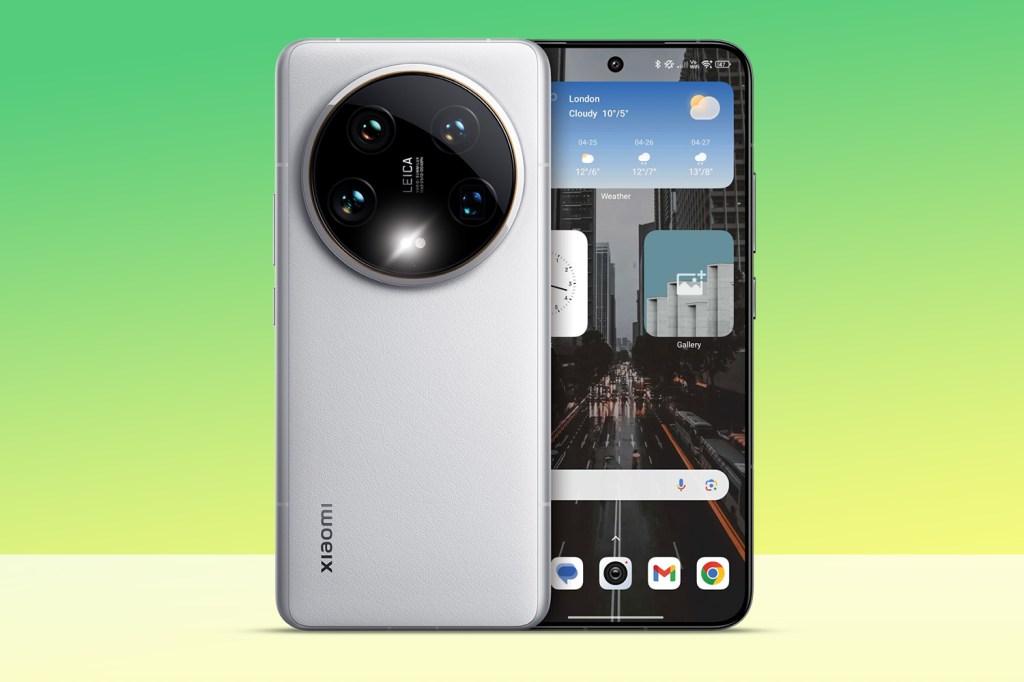
4. Xiaomi 14 Ultra
Stuff Verdict
Camera hardware that sets a new bar for phone photography, and it’s a stunner in virtually every other aspect too.
Pros
- Brilliantly capable quad camera setup
- Outstanding performance
- Photography kit is a must-buy for keen snappers
Cons
- It’s a mighty pricey handset
- Other flagships have slightly better battery life
| Xiaomi 14 Ultra specs | |
|---|---|
| Screen | 6.73in, 3200×1440 AMOLED w/ 1-120Hz LTPO, 3000 nits |
| CPU | Qualcomm Snapdragon 8 Gen 3 octa-core |
| Memory | 16GB RAM |
| Cameras | 50MP, 23mm, f/1.6-f/4.0 main w/ OIS + 50MP, 12mm, f/1.8 ultrawide w/ macro focus + 50MP, 75mm, f/1.8 telephoto w/ 3x optical zoom, OIS + 50MP, 120mm, f/2.5 telephoto w/ 5x optical zoom, OIS 32MP, f/2.0 front |
| Storage | 512GB on-board |
| Operating system | Android 14 |
| Battery | 5000mAh w/ 90W wired, 80W wireless charging |
| Dimensions | 161x75x9.2mm, 229.5g |
Xiaomi isn’t the only smartphone maker to have squeezed in a 1in camera sensor into its latest top-tier model – but it is the only one that’ll officially sell you a photography kit to make the most of it. The official case/camera grip combo are a must-buy, adding a physical shutter button, zoom lever and exposure controls as well as a handy portable power bank.
The Xiaomi 14 Ultra’s three other rear cameras are stunners too, with dedicated lenses for 3.2x portraits and 5x telephoto shots, and an ultrawide expanding your horizons. Leica-backed image processing makes every shot distinctive, in any lighting condition. Little else comes close for detail at a distance, or convincing depth blur.
It’s a fantastic phone everywhere else, with a vegan leather finish, high refresh rate OLED display, whip-crack quick Snapdragon 8 Gen 3 CPU and a reasonably beefy battery – though rivals do manage to make their cells last a little longer between top-ups. It’s a premium device, and carries a premium price, but phone photographers should see it as a price worth paying.
- Read more: Xiaomi 14 Ultra review
Best cheap camera phone
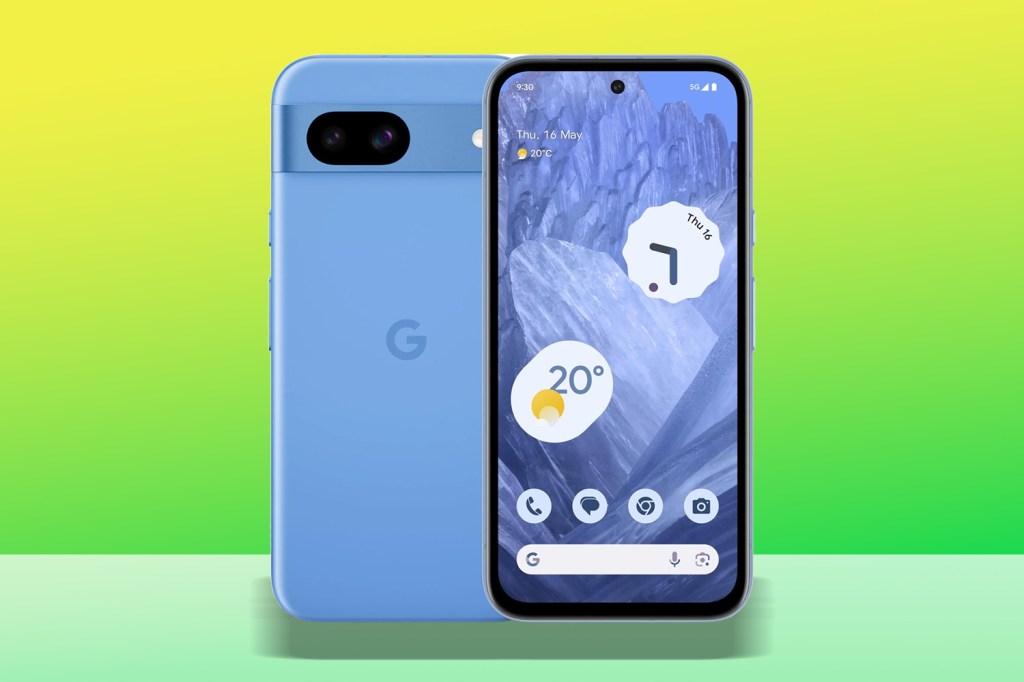
5. Google Pixel 8a
Stuff Verdict
With similar hardware to its more expensive siblings, the Pixel 8a is the cheapest way to access Google’s AI smarts. With amazing photography skills, the Pixel 8a is the mid-range smartphone to beat.
Pros
- Flagship-challenging photography skills
- Improved design over the previous generation
- Most accessible way to access Google’s AI
Cons
- Charging speeds remain behind rivals
- Gemini AI chatbot not available in UK and Europe
- The Pixel 8 can be found for a similar price
| Google Pixel 8a specs | |
|---|---|
| Screen | 6.1in 2400×1080 OLED w/ 120 Hz |
| CPU | Google Tensor G3 octa-core |
| Memory | 8GB RAM |
| Cameras | 64MP, f/1.9 main w/ OIS + 13MP,f/2.2 ultrawide rear 13MP, f/2.2 front |
| Storage | 128GB on-board |
| Operating system | Android 14 |
| Battery | 4492 mAh w/ 18W wired, 7.5W wireless charging |
| Dimensions | 152x73x8.9mm, 188g |
Google has taken the Pixel 8a even further upmarket than last year’s A-series model, borrowing more design nous from the pricier Pixel 8 and sharing some AI smarts with the Pixel 8 Pro flagship. Its 64MP main camera sensor is again bespoke to the A-series phone, but the pixel-binning smarts used to improve low-light shots are very much in keeping. Combined with the firm’s typically excellent software, it’s one of the best bang-for-buck photography experiences around.
Powerful algorithms squeeze the most out of dual snappers. Shots from both cameras are stuffed with detail, wonderfully exposed, with no hint of unsightly noise, and they perform well in dim conditions too. Autofocus is quick, and auto HDR does a brilliant job of exposing bright skies without losing detail in shadows. Skin tones are impressive as well, with Google using a dedicated Real Tone algorithm for more accurate results.
There’s no dedicated telephoto (aka, zoom) camera, which is to be expected at this price, but considering you still get the same software tricks found in the more expensive Pixel 8 Pro (like Magic Eraser), it’s hard to complain. Easily one of the best cameraphones around for the money you’re paying.
- Read more: Google Pixel 8a review
Best pro camera phone
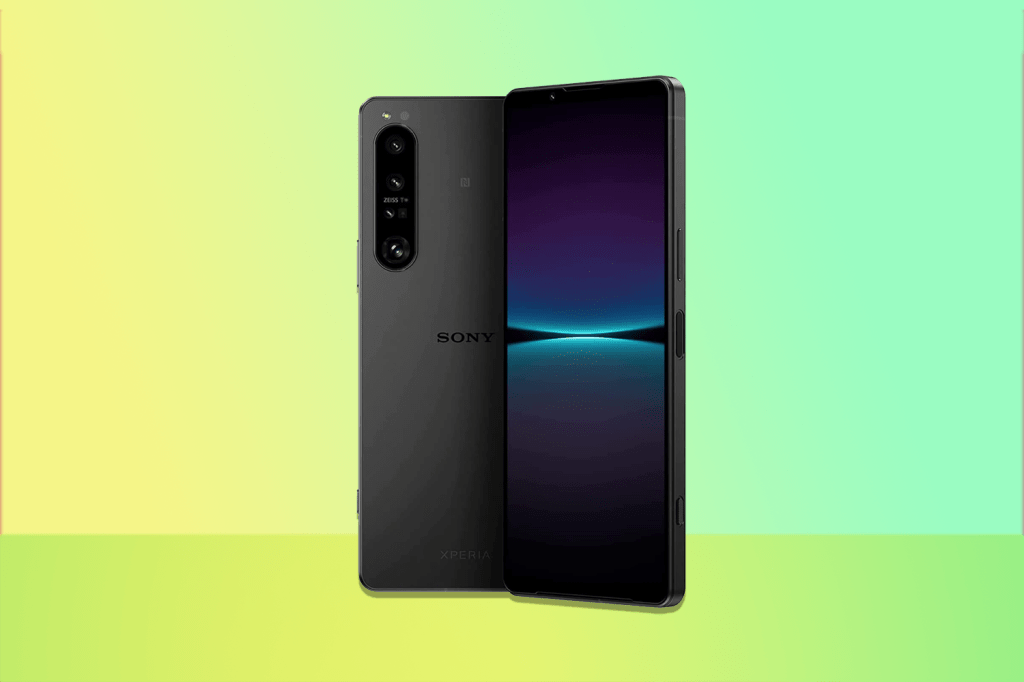
6. Sony Xperia 1 VI
Stuff Verdict
Another ‘best of Sony’ phone that benefits from going slightly more mainstream in a few key areas. The Sony Xperia 1 VI is a fantastic flagship that majors on battery life and entertainment.
Pros
- New screen better competes with rivals
- Strong performance and long battery life
- Wonderfully capable rear cameras
Cons
- No pro video mode at launch
- Rivals still better for point-and-shoot photography – but only just
- Longer software support would be nice at this price
| Sony Xperia 1 VI specs | |
|---|---|
| Screen | 2340×1080 OLED w/ 120Hz, 19.5:9 aspect ratio |
| CPU | Qualcomm Snapdragon 8 Gen 3 octa-core |
| Memory | 12GB RAM |
| Cameras | 48MP, f/1.9, 24mm wide w dual pixel PDAF, OIS + 12MP, f/2.2, 16mm ultrawide w/ dual pixel PDAF + 12MP, f/2.3 85mm – f/3.5 170mm telephoto w/ dual pixel PDAF, OIS, 3.5x-7.1x continuous optical zoom rear. 12MP, f/2.0, 24m front |
| Storage | 256GB on-board, microSD expansion |
| Operating system | Android 14 |
| Battery | 5000mAh non-removable w/ 30W wired charging, wireless charging, reverse wireless charging |
| Dimensions | 162x74x8.2mm, 192g |
Sony’s mobile division usually does things its own way, but 2024 saw it finally let 21:9 aspect ratios and 4K resolution panels go in favour of a more mainstream display. A 19.5:9 OLED with a Full HD+ pixel count is still worth getting excited about, thanks to a 1-120Hz LTPO adaptive refresh rate and a much higher peak brightness. It does wonders for battery life, making this is true two day phone for most users.
The Xperia 1 VI keeps its predecessor’s 52MP lead camera sensor and twin 12MP shooters – one ultrawide and one variable zoom telephoto. This time around zoom tops out at 7.1x (up from 5.2x), letting you get much closer to your subject before digital trickery comes into play. Fast focusing and high burst speeds continue to set it apart from rivals, too.
As expected from Sony handsets, you’ll get the very best out of its cameras when using the Pro mode, tweaking settings until you reach some seriously impressive results. This year’s auto mode is a lot more accomplished, though, so point-and-shoot photographers are also well served.
- Read more: Sony Xperia 1 VI review
What to look for when choosing the best camera phone
Most modern flagship handsets have three rear cameras. The wide-angle typically has the largest sensor and is the most versatile; the ultrawide fits more into the frame, and often doubles as a close-up camera; while the telephoto (zoom) lens gets you closer to the action without compromising quality.
If you’re choosing a smartphone based solely on its picture-taking abilities, there are several things to consider beyond camera count:
One of the primary specifications to look at is sensor resolution. Higher-megapixel cameras generally result in clearer and more detailed images. However, it’s essential to remember that pixel count doesn’t solely determine picture quality. Physically larger sensors capture more light and detail than smaller ones, so typically perform better in challenging lighting conditions.
Getting more technical, a camera’s lens aperture affects how much light it can gather. Typically measured in f-stops, a lower number indicates a wider aperture. The most advanced cameraphones have variable apertures, which can adjust to achieve shallow depth-of-field effects (where the subject is sharp while the background is blurred) or shoot in dark conditions without relying on a show shutter speed.
Low-light shooting also greatly benefits from Optical Image Stabilisation (OIS). It helps reduce blurriness caused by hand movements while taking photos or recording videos without a tripod. The best phones have OIS on both their main and telephoto lenses.
Most smartphones now use some degree of computational photography to optimise exposure, colour, and dynamic range. If you want to make sure you’re buying a good camera phone, look at the same images we take in our reviews, rather than just basing your decision off of specs.
For those who frequently shoot videos with their phones, it’s essential to consider the video recording capabilities as well. Factors such as resolution (you’ll want to record 4K footage for the best detail), frame rate, and the availability of stabilization features should be taken into account.
Finally, don’t overlook the front-facing camera, as getting a good selfie is important as well. Look for the same specifications previously mentioned, as well as any selfie-specific modes or enhancements offered by the phone. A good front camera should ensure clear and flattering self-portraits and video calls.
If you’re looking to save money, you can check out our best budget camera phone guide.
What are the best camera phone brands?
Apple, Samsung and Google regularly rank among the best camera phone brands worldwide, but each excels in a different area.
Google’s Pixel series is celebrated for its computational photography, delivering exceptional quality with features like Best Shot, Night Sight and Super Res Zoom – despite not always having the newest or best sensors. Apple traditionally has superior video capabilities, and excels in simplifying features and functions through software. Samsung, on the other hand, is renowned for its versatile camera systems and vibrant colour science.
The Big Three’s photographic dominance isn’t what it once was, though. Xiaomi, Oppo and Vivo have all adopted larger imaging sensors and refined their image processing, to the point they regularly produce higher quality results. Partnerships with legacy camera specialists like Zeiss, Hasselblad and Leica have brought distinctive, film-like image processing too.
What camera phone has the best video and vlogging capabilities?
We think the iPhone 16 Pro is the top choice for video and vlogging capabilities. It excels with features such as 4K video recording at various frame rates, including 24fps, 30fps, and 60fps, making it suitable for both cinematic and high-action shots. The phone’s advanced stabilization tech ensures smooth and stable footage in all lighting conditions and environments. Additionally, the ProRAW and ProRes recording options provide professional-grade video files that are easy to edit.
How we test the best smartphones
We have used and reviewed every smartphone on this list, so you can trust us when it comes to recommending the best phone to buy. Our extensive hands-on experience with countless devices ensures that we provide reliable and well-informed recommendations. Each phone has been thoroughly tested to ensure it meets the high standards we set for performance, usability, and overall value.
We usually spend a week or longer reviewing phones, immersing ourselves in their daily use to thoroughly evaluate all of the software features, build quality, and performance. This extended period allows us to experience the phone as an average user would, identifying both strengths and weaknesses that may not be immediately apparent. Our testing process is designed to uncover how well the phone performs under various conditions, ensuring our reviews are not just surface-level observations but deep, meaningful analyses.
Our reviews are very comprehensive, covering every single aspect of a smartphone, including battery life, quality of the display, and camera performance. We rigorously test battery longevity under different usage scenarios to provide an accurate picture of real-world endurance. The display is evaluated for brightness, colour accuracy, and resolution to determine its quality. Camera testing includes various lighting conditions and scenarios to assess image and video quality. By thoroughly examining these crucial elements, we aim to give you a complete understanding of each phone’s capabilities, helping you make an informed purchasing decision.
For more information on Stuff’s rating and review process, read our page on how we test products.

